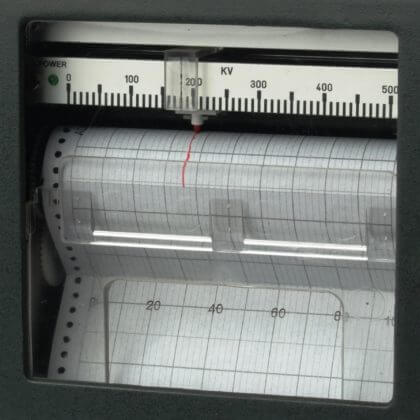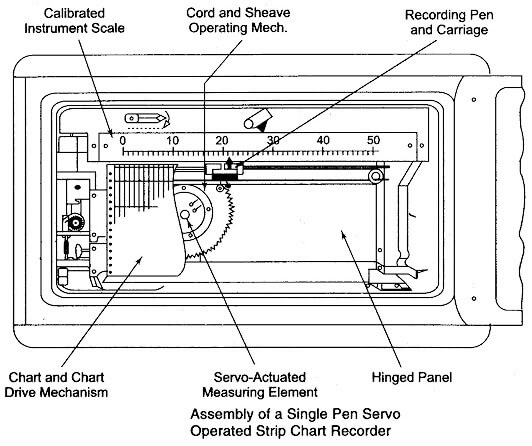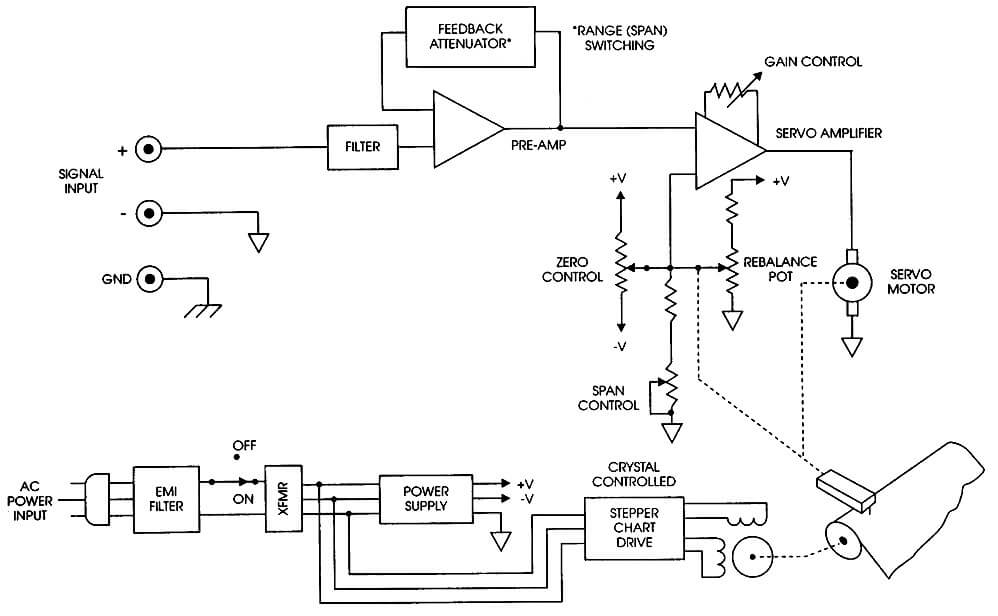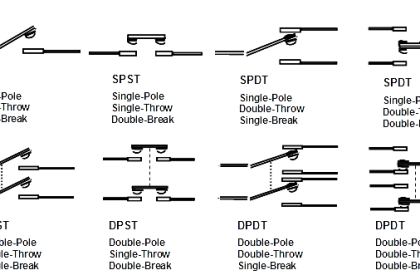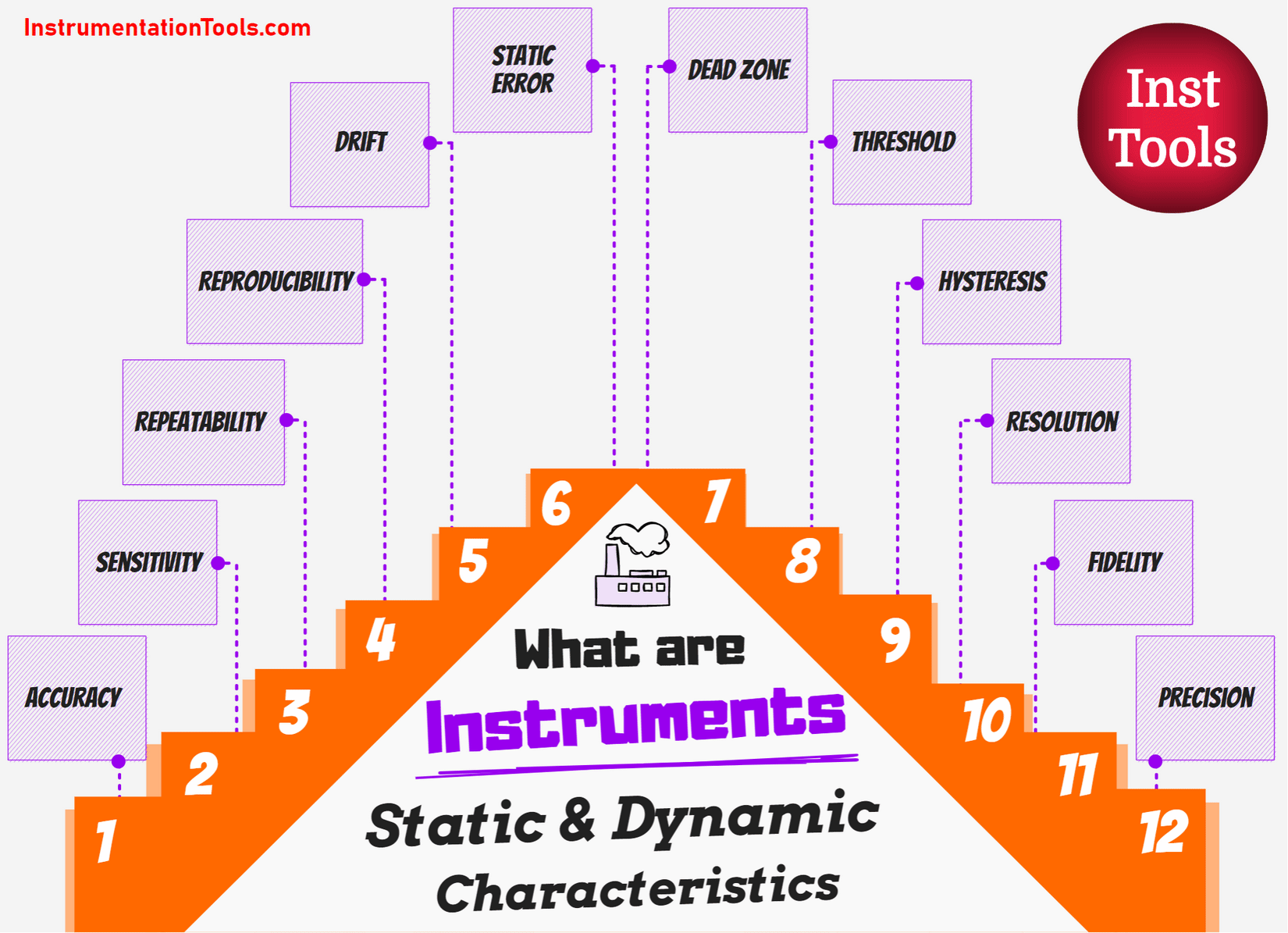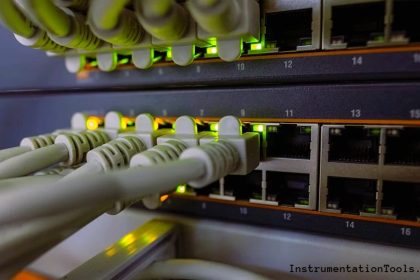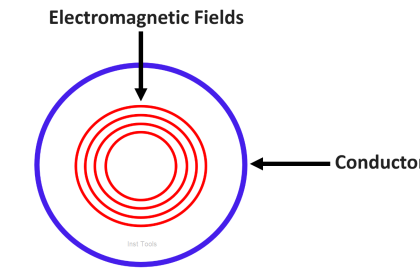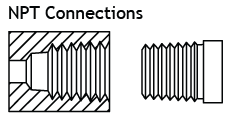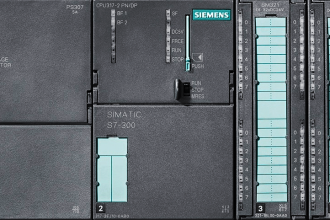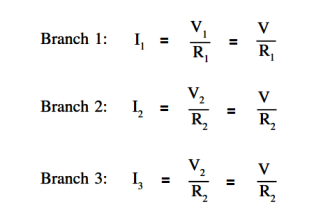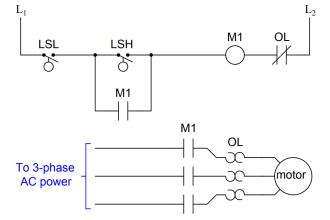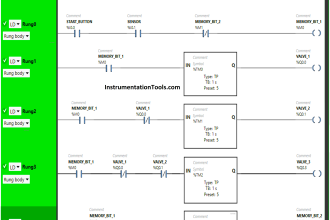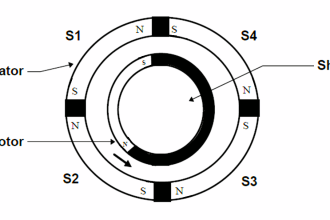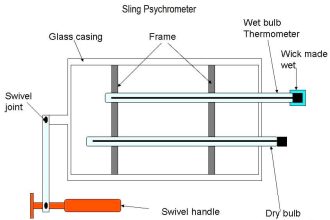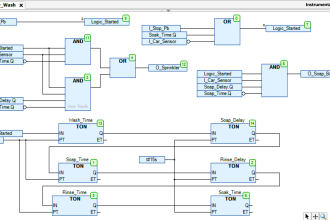A chart recorder is an instrument used to record various process and electrical signals. The most traditional chart recorders record data on paper. The paper is passed under a pen and the pen is deflected in proportion to the signal. The result is a graph or chart of the data.
Strip Chart Recorder
Chart recorders are available in single or multi channel styles (single or multi-pen) and in various configurations. Many of today’s chart recorders can also record information in a digital format for download to a computer.
A chart recorder is an electro-mechanical device that records an electrical or mechanical input trend onto a piece of paper (the chart). Chart recorders may record several inputs using different color pens and may record onto strip charts or circular charts.
Chart recorders may be entirely mechanical with clockwork mechanisms, electro-mechanical with an electrical clockwork mechanism for driving the chart (with mechanical or pressure inputs), or entirely electronic with no mechanical components at all (a virtual chart recorder).
Chart recorders are built in three primary formats. Strip chart recorders have a long strip of paper that is ejected out of the recorder. Circular chart recorders have a rotating disc of paper that must be replaced more often, but are more compact and amenable to being enclosed behind glass.
Roll chart recorders are similar to strip chart recorders except that the recorded data is stored on a round roll, and the unit is usually fully enclosed.
Basic Recorder Block Diagram
Principle :
The dc input signal to the recorder is first filtered, then amplified by the pre-amp to a level which is less susceptible to noise and interference. This conditioned signal is then applied to the servo amplifier which continuously compares it to the feedback signal developed by the servo potentiometer,
The difference between these two signals is a positive or negative error signal that is amplified and use to drive the servo motor, which is coupled to the servo potentiometer, in a direction as to reduce the error signal to zero. Since the recorder plate pen is mechanically coupled to the servo motor and servo potentiometer, its position on the chart represents an accurate and continuous permanent graphic record of the input signal.
Chart Recorder Power Supply
Ac line voltage is reduced by step-down transformers and converted to dc by solid state rectifiers and regulators. A stable dc voltage, generated by a temperature compensated zener diode, is used as 0 reference for the servo pot.
Pen Drive System
A dc servo motor is used to control the servo pot and recorder pen by means of a gear driven servo drum assembly. The pen is attached to a drive cable which is wrapped around and secured to the drum.
As the drum rotates, the pen is moved across the chart proportionate to the amount of drum rotation. The recorder uses pulse modulated servo to achieve greater accuracy and less deadband than conventionally driven.
Chart Drive System
In this simple, reliable system an internal crystal oscillator generates pulses which are divided down by integrated circuit logic. The chart speed switch selects the appropriate pulse rate to drive the stepper motor at the desired speed. (Since the crystal frequency is not a function of line frequency, chart speeds are completely independent.)
Types of Chart Recorders
Strip Chart Recorders
Strip chart recorders consist of a roll or strip of paper that passes linearly beneath one or more pens. As the signal changes, each pen’s deflection records the process being measured in the form of a chart.
Well suited to recording of continuous processes, strip chart recorders are commonly used in both laboratory and process-measurement applications. For future reference, sections of the paper can be torn off and archived.
Circular Chart Recorders
A circular chart recorder records data on a paper disc rotated beneath one or more pens, which, as in a strip chart recorder, deflect with fluctuating electrical signals.
The difference is that the resulting chart is circular rather than linear. Circular chart recorders are ideal for batch processes that operate within a known timeframe. They can be configured so that each rotation of the chart covers a standard time period—1 hour, 24 hours, 7 days, etc.
Some recorders will also accommodate non-standard periods. The advantage of a circular chart is that, at a glance, it gives a complete history of one or several variables over the specified period.
XY Recorders
These recorders accept two inputs and create a chart or graph that displays the activity of one set of data against another. They are useful for determining relationships between the two inputs; for example, an XY recorder might be used in a chemical process to monitor the effect of temperature on pressure.
Hybrid recorders
A hybrid recorder can function not only as a recorder but also as a data logger, a device that accepts an input, or channel, that is fed into an analog-to-digital converter. The results are stored digitally or printed out as a series of time-stamped values.
A hybrid recorder can combine analog trend representations and digital information on the same chart paper. Hybrid recorders typically come in multichannel designs, with one print head normally handling all channels. They offer a cost-effective solution for multichannel processes, though they have a slower response time than recorders that dedicate a different pen to each channel.
Paperless Recorders
Paperless or video graphic recorders display their charts on an integrated screen. Display technology has continually improved, with sharpness and color quality now approaching that of newer PCs. The digital data can usually be stored locally on a disk or card, either of which can be removed for downloading to a PC.
An engineer can then bring up any of the stored information for review and analysis, zooming in, for instance, on the time of a process upset. Where conservation of paper, easy data retrieval, and sharing of data are important benefits, paperless recorders are the charting method of choice.
Reference : Omega
